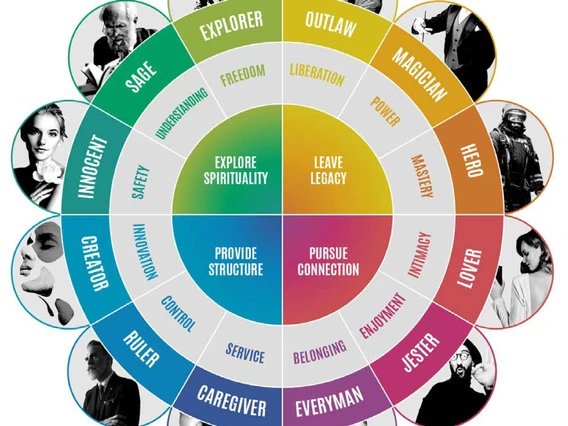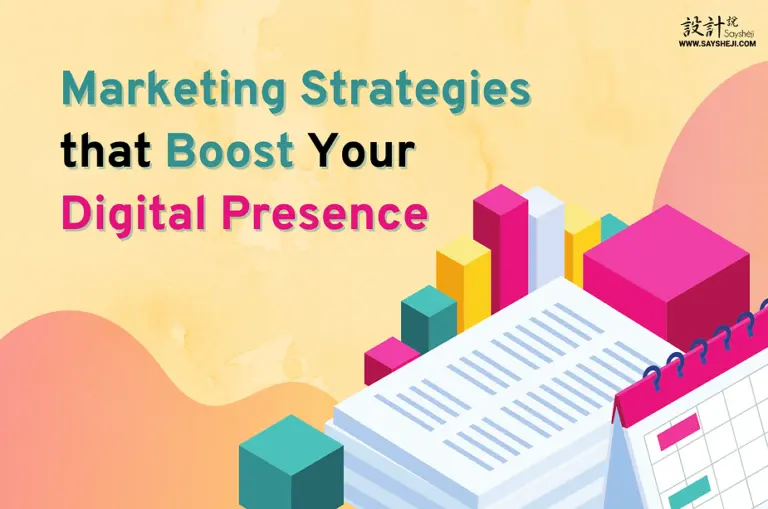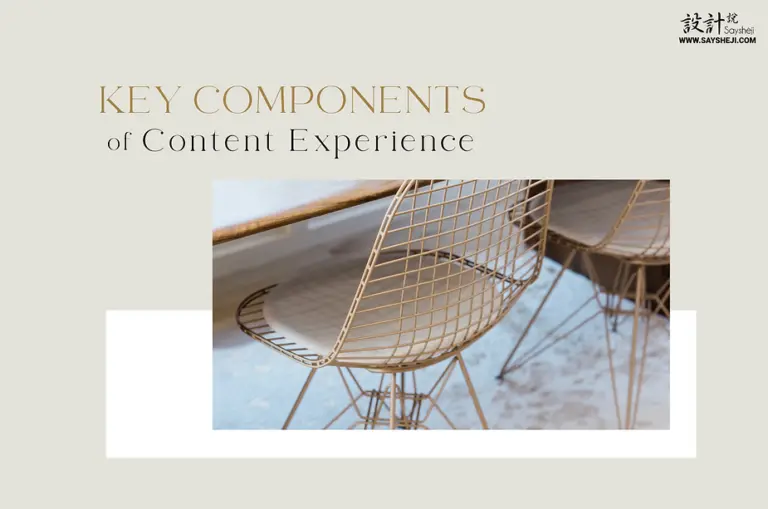12 Brand Archetypes
There are 12 classic archetypes. These cover the spectrum, from those that convey comfort to others to those that create excitement. Choosing the right archetypes for your business is essential. But first, review the classic archetypes and understand their role in creating a deep connection with their target market.

12 Brand Archetypes – Psychologist Carl Jung
List of 12 Brand Archetypes
- The Innocent = Safety
- The Sage = Knowledge
- The Explorer = Freedom
- The Outlaw = Revolution
- The Magician = Power
- The Hero = Mastery
- The Lover = Connection
- The Jester = Enjoyment
- The Everyman = Belonging
- The Caregiver = Service
- The Ruler = Control
- The Creator = Innovation
The Innocent

The promise of the Innocent brand archetype is one of simplicity bordering on naivety. The Innocent looks at the world through the lens of a child, seeing wonder, fun, and happiness at every turn, and hoping to pass that good feeling on through their work.
Not usually ones for innovation, Innocent brands rely instead on the simplicity of their product (organic food, baby soaps) or through childlike communications (Coca Cola).
Brand archetype gift: Spreading purity and joy in a cynical world.
Brand archetype examples: Coca-Cola, Innocent (obviously), Johnson’s.
The Sage

The Sage believes that the truth will set you free. They are driven by the desire for truth and knowledge and use them to make the world a better place by sharing their findings. Sage archetypes are rigorous researchers and reject misleading messaging and ignorance. They typically show higher levels of intelligence and social awareness.
As arbiters of information, they are often highly regarded as a trustworthy and intelligent sources of information.
Brand archetype gift: Illuminating the world through knowledge-sharing, earning respect through intellectualism.
Brand archetype examples: TED, The Economist, Discovery Channel.
The Explorer

Explorers are independent thinkers, forging new paths to find purpose in life – and to change it in the process. They are often individualistic in outlook but their clear, strong vision inspires others to join them.
Explorers seek freedom and joy through discovery, often eschewing rules and conformism as a result. This means they’re defined more by their trailblazing philosophy than by the industry in which they work, so that an Explorer brand archetype may be defined by decentralizing and democratizing its internal structures.
Brand archetype gift: Inspiring change through innovative vision and force of personality.
Brand archetype examples: NASA, Patagonia, The Body Shop.
The Outlaw

Unlike the Explorer, who disregards rules as a by-product of their behavior, Outlaws (Also know as Rebels) actively seeks to rip up the rulebook.
Rebels see opportunity in dismantling existing paradigms as a way to create something newer, better, and often cheaper. They position themselves as free-thinking outlaws – a romanticized and intoxicating social archetype.
The Rebel brand archetype seeks to undermine the status quo so that people question it, search for better alternatives, and – ta-dah – turn to them in the process.
Of all archetypes, Rebels inspire the strongest brand loyalty as their countercultural message resonates beyond just the product and into their customers’ lifestyles and philosophies.
Brand archetype gift: Disrupting existing structures, rock ‘n’ roll sex appeal, promoting brand loyalty.
Brand archetype examples: Harley Davidson, Diesel, Greenpeace.
The Magician

As a brand archetype, Magicians make dreams come true and – hey presto – make problems disappear. They do things, both big and small, that amaze and transform.
Intelligent and knowledgeable, magicians have access to secret information, the dissemination of which adds value to customers and positions the brand as problem-solving or wish-fulfilling transformers.
Brand archetype gift: Turning problems into solutions, making dreams come true.
Brand archetype examples: Disney, Dyson, TUI.
The Hero

Just like their DC and Marvel spandex-clad counterparts, the Hero brand archetype rises to the challenge. They protect and inspire. They sell the power of self-belief and transformation.
The Hero turns a brand into a story of triumph over adversity. So that a company like Nike isn’t seen as a seller of trainers but as a transformative device that helps people achieve their full potential.
There is a moralism to the Hero. They see their work as important and empowering and take great pride in the positive effect they feel they have on the world.
Brand archetype gift: Inspiring courage and achievement by overcoming adversity.
Brand archetype examples: Nike, Adidas, FedEx
The Lover

Who says romance is dead? Not the Lover, that’s for sure, who inspires closer relationships through sensuousness and seductiveness.
But it’s not all about romance; the types of relationships the Lover fosters are also spiritual, familial, companionable. For Lover brand archetypes, the focus is on improving connections with the people and things that really matter.
Brand archetype gift: Connecting people emotionally, providing sensuous experiences, making people – and life – more special.
Brand archetype examples: Victoria’s Secret, Channel, Cesar.
The Jester

The class clown, the office joker – we’ve all known one in our time. And, crucially, we all remember them. They want to have fun, to lighten the mood by connecting with their inner child. And, just like most children, they’re not too fond of obeying rules.
Jesters think outside the box because they’ve never spent their lives living in it – which makes them great innovators.
On the face of it, Jesters live for the moment, but at a deeper level, they understand that life is fleeting and needs to be filled with laughter whenever possible.
Brand archetype gift: Helping people see the lighter side of life, spreading creativity through joy.
Brand archetype examples: M&M, Old Spice, Dollar Shave Club
The Everyman

The Everyman is your salt-of-the-earth type: non-pretentious, relatable, wholesome, comfortable. Everyman values hard work, common sense, reliability, and authenticity.
They want to appeal to a mass market and so disregard the trappings of luxury. For the Everyman, practicality wins over pretense. Think Ford instead of Ferrari, Gap instead of Gucci.
Symbolically, the Everyman allies themselves to families and multiple cultures, appealing to those who sit below the luxury threshold and who, as the brand might describe it, better understand the value of money.
Brand archetype gift: Bringing safety and belonging to the others, reliability, trust, and comfort to a mass market.
Brand archetype examples: Ikea, Target, LYNX.
The Caregiver

Caregivers live to give. They’re motivated by compassion and want to make people feel secure and nurtured.
As defenders of the less fortunate, Caregivers are found in teaching, nursing, and charities, but also appear as gardeners, cleaners, and in restorative jobs, such as mending clothes and refurbishing.
Because they’re altruistically rather than financially motivated, Caregivers are considered trustworthy. Brands such as Heinz and Johnson & Johnson have tapped into the Caregiver brand archetype, couching their products in a quasi-medicinal, nurturing way.
Brand archetype gift: Making people feel safe, fostering trust, generating public support for the socially-minded service they provide
Brand archetype examples: Unicef, WWF, TOMS.
The Ruler

The Ruler seeks to eliminate uncertainty by taking control. They like to follow rules but, even better, they like to make them. (Rulers need followers, after all.)
Rulers believe in playing the game properly and create stable, respected brands to suit. They also expect the same propriety from others, which is why politicians naturally fall into this category (and often fail at it, too…).
Sometimes their confidence extends into arrogance and so Ruler brand archetypes need to be careful not to appear despotic, thus leaving the door open to pretenders to steal their throne.
Brand archetype gift: Fostering stability and trust, creating high-quality products that lead the way.
Brand archetype examples: Rolex, Louis Vitton, Mercedes Benz.
The Creator

The Creator has a vision, a way they feel the world should be, and they want to create an enduring product that turns that vision into reality.
Creators crave authenticity, innovation, and freedom of expression to make sense of the world around them, and use creativity and technology to enable creativity in others.
Brand archetype gift: Inspiring creativity, creating an authentic brand story, fusing technology and artistry.
Brand archetype examples: Adobe, LEGO, Apple.
Where Do You Fit In These 12 Brand Archetypes?
So, now you know the brand archetypes, how do you fit in? As an all-conquering and inspiring Hero, a child-like innocent, a trailblazing Explorer?
Perhaps you’re a mix of two or three types and don’t see yourself neatly fitting into one archetype. Or perhaps you’re in transition, from being a market-disrupting rebel to a well-established ruler – because a benefit of the archetypes model is that it isn’t static.
You can use it as part of your brand strategy to position yourself at the current moment and to help map out where you want to be in the future.
If you have any queries on placing Brand Archetypes on your business, please do not hesitate to send us an email.





